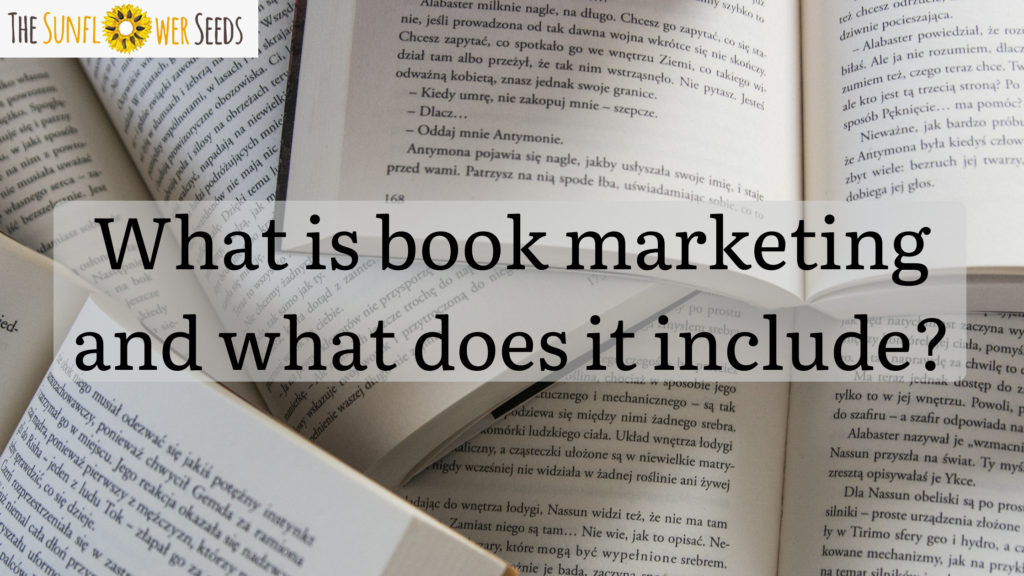For aspiring authors, having a book published is the dream! But seeing your manuscript transformed into a published book is a journey. The path to publication is not an easy one. It will be filled with surprising challenges, many uncertainties, and several small yet important decisions to make. Whether you are seeking traditional publishing or opting for the self publishing route, this comprehensive guide will walk you through the steps, strategies, and tips to get your book published and share your story with the world.
Step 1: Write Your First Draft
This might seem obvious, but often one like to query a book idea or concept with a publisher. While that might work for some kinds of books, like planning a children’s series, it’s best to put pen to paper and see if you enjoy the writing. Don’t overthink the first draft, it doesn’t have to be perfect, it just has to exist. You can perfect it later.
Step 2: Polishing Your Manuscript
Before sending out your beloved manuscript to the publishing world, it is important to ensure your manuscript is the best possible version of itself you are capable of. Take the time to patiently but thoughtfully write, revise, and edit your book meticulously. Seek feedback from beta readers if you have any close family or friends whose literary taste you trust. You can also join a writing critique group, but do see that they’re trustworthy and won’t steal your idea first. Some Literary agencies also offer professional manuscript feedback. This is important to gain valuable insights and identify areas for improvement. Remember, the strength of your manuscript will form the foundation of your successful publishing endeavour.
Step 3: Traditional Publishing vs. Self-Publishing
Understanding how the two primary publishing routes is important to determine which publishing path aligns best with your goals and your vision for your book. This is but a small introduction to both forms.
Traditional Publishing:
In traditional publishing, authors work with literary agents who will represent their interests to publishing houses. To get started, pen a compelling query letter or email introducing yourself and your book to literary agents. Research literary agents who are have good reputation and have good authors in their catalogue. Then follow their submission guidelines and submit your query letter along with a sample of your manuscript to them. If the agent is interested they will get back in touch with you. They will probably request the full manuscript and, if they like it, work to secure a publishing deal on your behalf.
Self-Publishing:
Self-publishing will grant you more creative control and is most definitely a faster route to publication. All you have to do is choose a self-publishing platform, such as Amazon Kindle Direct Publishing or IngramSpark, and upload and publish your book. While self-publishing will allow you to retain more of the royalties, it will require a much higher level of involvement in editing, marketing and distributing the book and will not have the reach of traditional publishing.
Step 4: Securing a Literary Agent
If you decide to pursue traditional publishing, securing a literary agent will greatly increase your chances of landing a book publishing deal. Literary agents have extensive industry knowledge and connections, and they can effectively navigate the publishing landscape on your behalf. When querying agents, ensure your query letter is engaging, concise, and highlights the aspects of your book that make it marketable to today’s publishing world.
Step 5: Professional Editing
Regardless of your publishing choice, investing in professional editing is non-negotiable. A skilled editor does far more than correct grammatical errors. They will review your manuscript, improve it’s pacing, enhance the plot coherence, and refine character development. The editor’s keen eye will elevate your book’s quality, making it more appealing to readers and industry professionals.
For Traditional Publishing:
Your literary agent will help you find an editor best suited to your work. Sometime the publishing house provides their editors but consult with your agent if the in-house publisher is best suited to editing your writing.
For Self-Publishing:
Research the best editor for your genre and try your luck. You can also get a literary agent’s recommendation from a consultation.
Step 6: The Publishing Process
For Traditional Publishing:
When a literary agent secures a good book deal with the most suitable publishing house, the publishing process will begin. Your manuscript will go through many rounds of editing with the publisher’s team, which includes line editing and copyediting. Cover design, interior layout, and book packaging are also managed by the publisher and you can decide how much you want to be a part of the process of choosing all the beforehand.
Once all that is done, a book then enters the printing and distribution phase, ultimately reaching bookstore shelves and online retailers.
For Self-Publishing:
With self-publishing, the author is responsible for formatting everything about the book. From designing the cover and the page layout to preparing the metadata. Some self-publishing platforms provide user-friendly tools to help you navigate this process. Once the book is ready for publication, you can choose between e-book and print-on-demand options.
Step 7: Marketing and Promotion
Marketing plays a pivotal role in the success of any book. Regardless of the publishing route, authors must actively promote their work to reach their target audience. Even a publisher will only help so much, often an author has to engage a book marketing team outside the publisher to help in marketing and promotions.
You need to create an author website to showcase your books and connect with readers. Use social media platforms to share updates, engage with fans and readers, and participate in online writing communities. Consider organising book signings, author events, or virtual book tours to increase your book’s visibility. Read more about it here.
Step 8: Engage with Readers
Reader engagement is a powerful and vital tool in building a dedicated fan base. Interact with readers through social media, respond to emails and messages, and consider starting a newsletter or blog to keep your audience informed about upcoming releases and to share author updates. Encourage readers to leave reviews, as positive reviews can significantly impact your book’s discoverability and credibility. Interacting with them will help you understand what readers want and will improve your writing
Getting a book published is a rewarding but long journey and it requires patience, dedication, perseverance, and a deep passion for writing and storytelling. Whether you choose traditional publishing or self-publishing, focus on honing your writing skills, research your publishing options, and actively engage with others in the field to better improve your craft. Embrace the challenges as well as the opportunities that come along your journey, and remember that each tiny step brings you that much closer to achieving your dream of becoming a published author. Anyone can be a writer but not all can be published authors. It takes patience, determination and a well-crafted manuscript but your literary aspirations can become a reality, and your book can find its rightful place among readers around the world.





